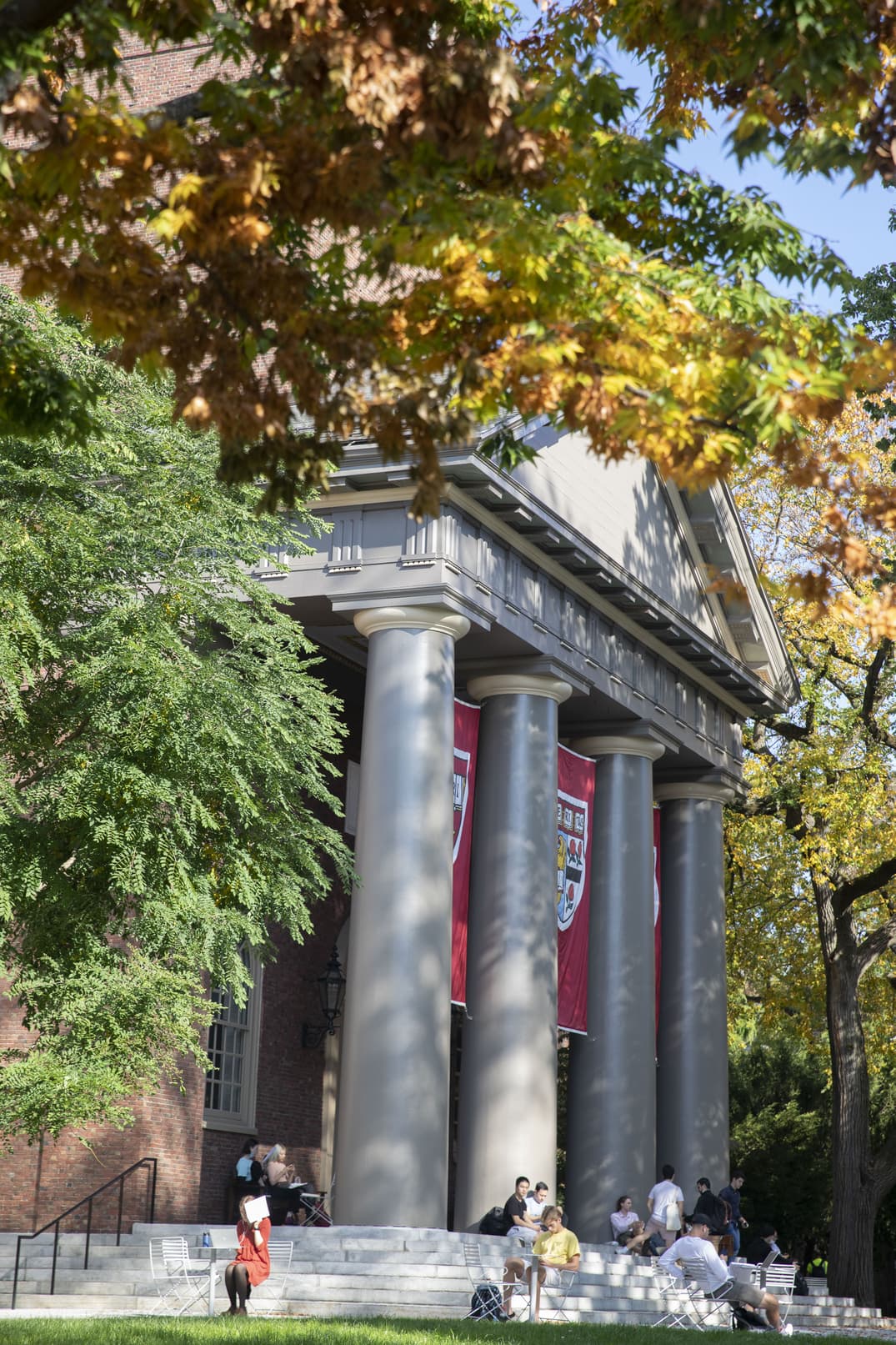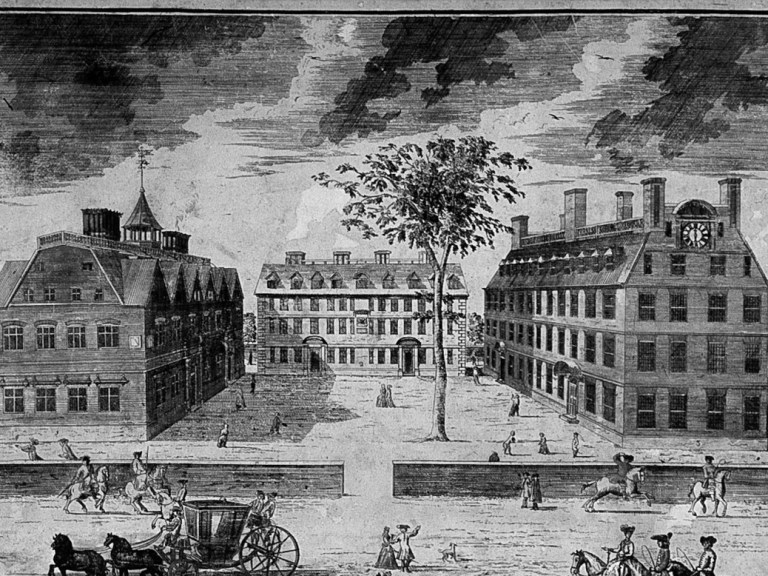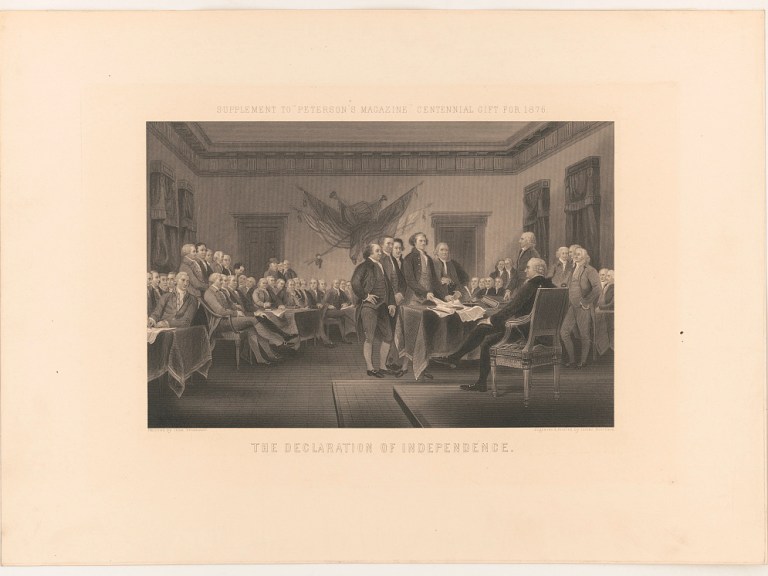Frequently asked history
Harvard answers your most searched questions.

-
-
When was Harvard founded?
On October 28, 1636, Harvard, the first college in the American colonies, was founded.
-
Who founded Harvard?
Despite popular opinion (and a certain statue) John Harvard did not found Harvard, but he was the first major benefactor and he donated half of his estate and his library of more than 400 books to the School.
Harvard University was officially founded by a vote by the Great and General Court of the Massachusetts Bay Colony. -
Where is Harvard University located?
While many think of Harvard Yard in Cambridge, Massachusetts as Harvard’s campus, the University also has robust campuses in the Longwood and Allston neighborhoods of Boston, Massachusetts.
-
Is Harvard College the same as Harvard University?
Harvard College is just one of 14 Harvard Schools. The College is for undergraduate students and the 13 graduate and professional Schools teach the rest of our students.

Historical highlight
Harvard and the legacy of slavery
On April 26, 2022, Harvard President Larry Bacow released the Report of the Committee on Harvard & the Legacy of Slavery, accepted the committee’s recommendations in full, and announced a historic commitment of $100 million to fund their implementation.
Asian and Pacific American history at Harvard
This marble slab, or stele, which resides in Harvard Yard, was presented to Harvard in 1936 as a gift from Chinese alumni on the occasion of the University’s tercentenary.

Historical highlight
Eight Harvard alumni sign the Declaration of Independence
John Adams, Samuel Adams, John Hancock, Elbridge Gerry, Robert Treat Paine, William Williams, William Ellery, and William Hooper
Women’s history at Harvard
As staff members, then as students and faculty, the women of Harvard’s past paved the way for generation to come.

Historical highlight
The first Harvard-Yale football game
Yale hosted the first Harvard-Yale football game in 1875, which Harvard won, to the delight of some 150 student boosters from Cambridge.
African American History at Harvard
A complete look at Harvard’s Black history includes the dual legacies of slavery and discrimination along with pioneering moments of inclusion, equity, and empowerment.

Historical highlight
Walter Gropius comes to Harvard
Founder of the Bauhaus art movement, Walter Gropius, became head of architecture at Graduate School of Design in 1939, ensuring that the University would have its first modern building, as well as one of the most comprehensive Bauhaus collections in the world.
Native American history at Harvard
The education of Native Americans is woven into the long history of Harvard University. The Charter of 1650, which continues to govern Harvard, pledges the University to “the education of English and Indian youth.”
From 1655 to 1698, the “Indian College” stood in Harvard Yard, on the site currently occupied by Matthews Hall.
It was not until 1970 that a program was established to specifically address Native American issues. In early 1970, the American Indian Program (AIP) emerged on campus.





























